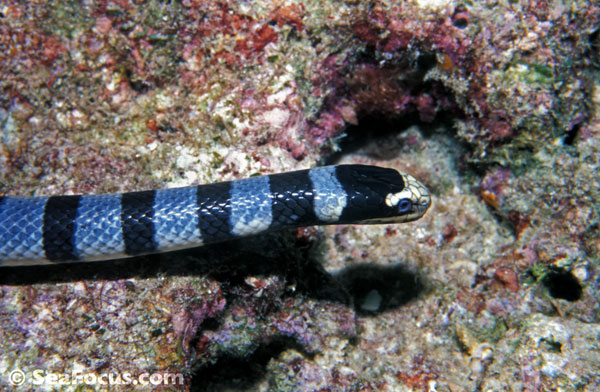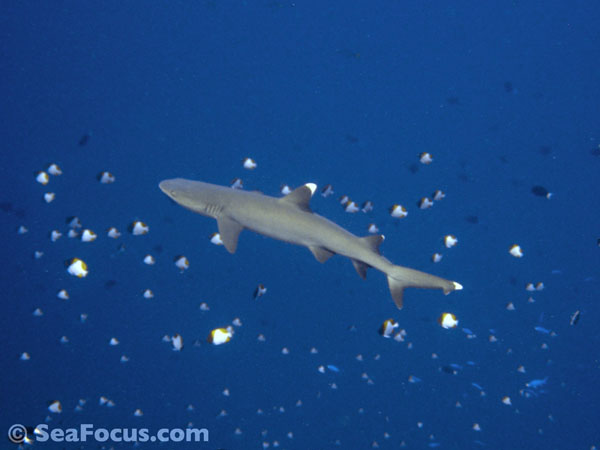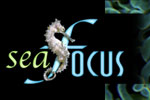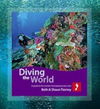|
|
||||
|
|
||||
|
Diving Fiji |
|
Viti Levu | |||||||||||||||||
 |
||||||||||||||||||
|
Fiji’s largest island is home to Suva, the political capital and Nadi, her second city, which is where all international flights land. While most scuba divers head off to the islands of Taveuni and Vanua Levu to the north east and famed for their soft corals, there are many coral reefs and handfuls of tiny, delightful islands just a short distance from the airport. Off the western coast of Viti Levu, there are two chains of islands – the Mamanucas and the Yasawas. Both have classically pretty coral cays with shallow reefs around their edges and more dramatic dive sites along the outer barrier reefs. which can be quite exciting. Off the southern coast of Viti Levu is Beqa Lagoon also known as the Coral Coast. The lagoon is over 10 miles across and actually the crater of an extinct volcano. There is a very popular shark feed dive at Shark Reef, with a good chance of coming face to face with reef, bull and tiger sharks. |
||||||||||||||||||
| Viti Levu dive photo gallery | Scuba diving features | |||||||||||||||||
|
||||||||||||||||||
| INFORMATION | EXPLORE more of Fiji | |||||||||||||||||
|
PROS and CONS - If you are in Europe, the Fiji islands are a LONG way from home. It's not so bad for the Americans – and the Aussies are laughing with Fiji more-or-less on their doorstep. But once you have arrived, there is a wide variety of dive centres plus a full range of rooms for all budgets. As most flights land at Nadi, this is a great place to stop for a few days, get over the jetlag and get your fins wet. |
|
|||||||||||||||||
|
SCUBA DIVING - Diving is year round but the water can be a bit chillier than you would expect, especially in the winter months. Plankton blooms in April - May or November - December can reduce the visibility a little, but these also bring in filter-feeders and larger pelagic species. It should be noted that the currents that rush between the islands can be a bit stiff. However, this is what keeps the nutrients flowing across the reefs and promotes growth in the incredible soft coral gardens. |
||||||||||||||||||
| OPINION - The Fijian islands have that special feeling of stepping back in time – make sure you head over to the old capital on Levuka island to see it how it once was. In all our travels we had never seen reefs that were so incredibly colourful and for that reason alone, it is worth the trip at least once – just make sure you do as much of this lovely country as time will allow. | ||||||||||||||||||
|
View Larger Map |
 |
|||||||||||||||||
















